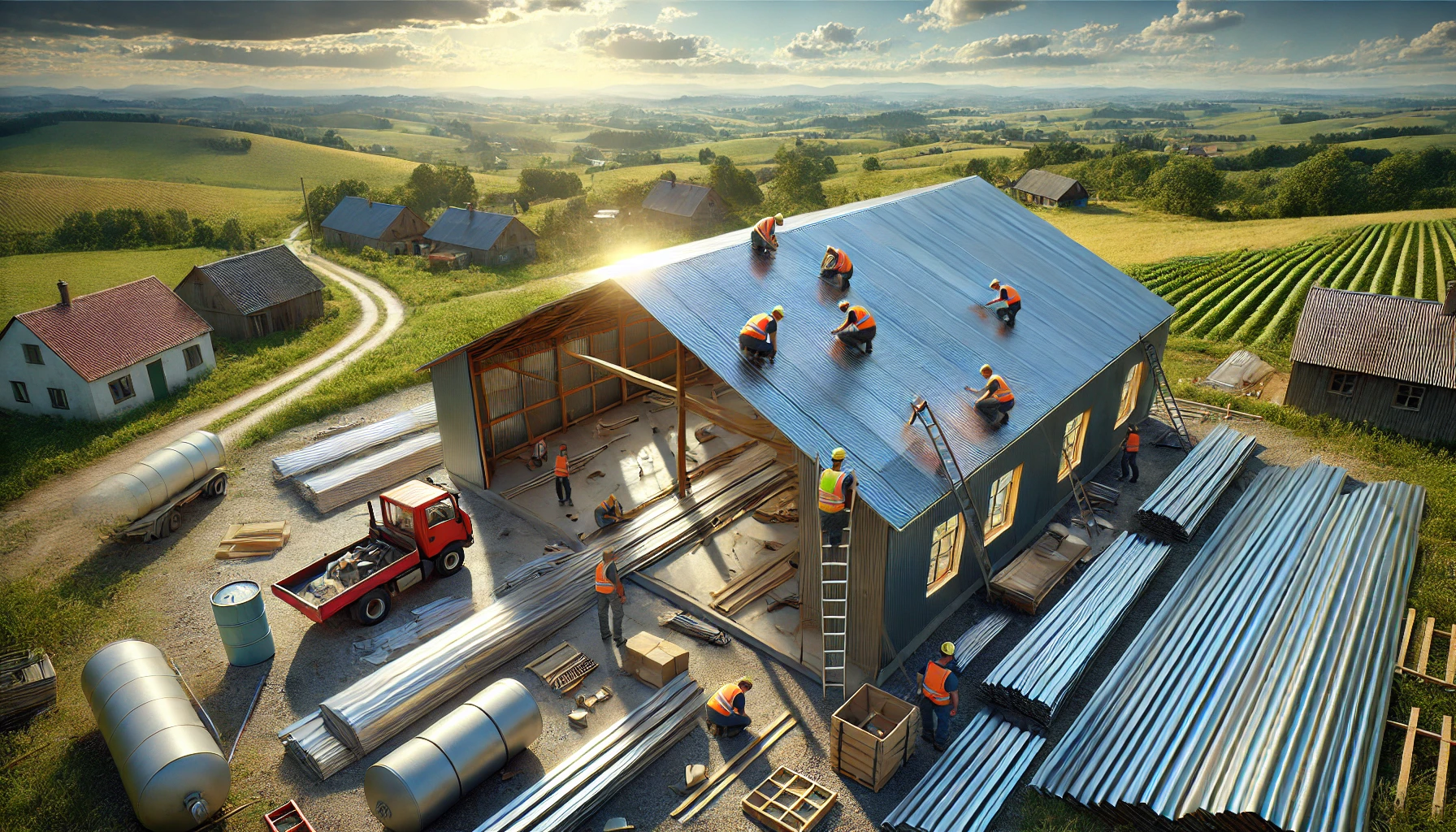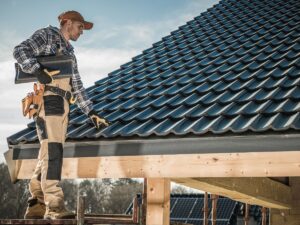Fixing up commercial roofs is an affordable way to make existing roof systems last longer and work better. By focusing on repairs and applying advanced coatings, restoration avoids the high costs and environmental impact of a full replacement. The procedure tackles small problems early on. It cuts down costs related to upkeep. Also it enhances energy efficiency. Choosing the right materials considering the climate, and consulting experts are crucial for successful restoration projects. Exploring these factors can provide valuable insights for informed decisions.
Key Takeaways
- Commercial roof restoration repairs and rejuvenates existing roofs, extending lifespan without full replacement.
- Restoration is a cost-effective alternative, using less labor and fewer materials than replacement.
- Advanced techniques and materials address leaks, weather damage, and surface deterioration.
- Restoration reduces environmental impact by minimizing waste and conserving resources.
- Professional consultation ensures appropriate material selection and compliance with building codes.
Understanding Commercial Roof Restoration
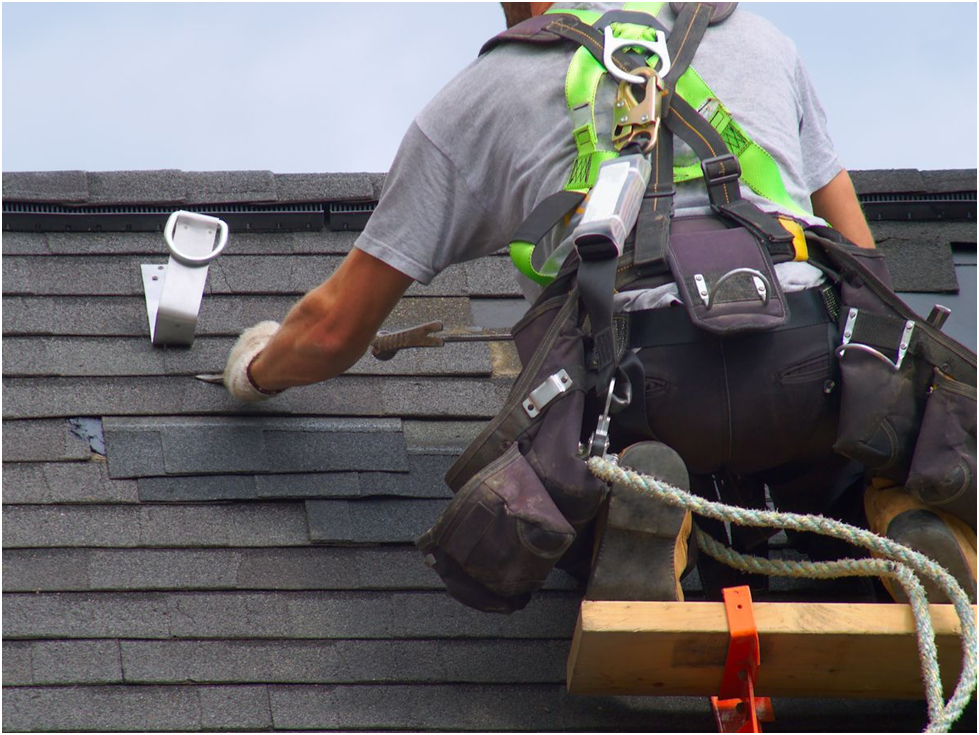
Commercial roof restoration involves the process of repairing and rejuvenating an existing roof system to extend its lifespan and improve its performance without the need for a full replacement. The technique provides an affordable way for companies to improve the long-lasting nature of their roof buildings.
By utilizing advanced materials and techniques, commercial roof restoration addresses common issues such as leaks, weather damage, and surface deterioration.
Professionals in this field conduct thorough inspections to identify areas needing attention, ensuring that the restoration process targets specific vulnerabilities. They apply specialized coatings and sealants designed to protect against environmental factors, thereby enhancing energy efficiency and reducing maintenance costs.
This approach not only prolongs the roof’s usability but also aligns with sustainability goals by minimizing waste associated with full replacements. As a result, commercial roof restoration emerges as an attractive option for businesses aiming to optimize their roofing investment while minimizing disruptions to operations.
Key Differences Between Restoration and Replacement

While both restoration and replacement serve to maintain the integrity of a roof, the two approaches differ significantly in scope, cost, and environmental impact. Roof restoration involves repairing and coating the existing structure, focusing on extending its life without a complete overhaul. In contrast, commercial roof replacement entails removing the old roof and installing a new one, which is more comprehensive but also more invasive.
| Aspect | Roof Restoration | Commercial Roof Replacement |
|---|---|---|
| Scope | Repairs and coating | Full removal and new installation |
| Cost | Generally lower | Higher due to materials/labor |
| Environmental Impact | Less waste, reuse structure | More waste, higher material use |
Restoration is typically less expensive and generates less waste, aligning with sustainable practices. Replacement, however, may be necessary when structural damage is extensive, ensuring a fresh start. Understanding these key differences helps business owners make informed decisions based on their specific needs and circumstances, ensuring their commercial property is safeguarded effectively.
Assessing the Condition of Your Commercial Roof
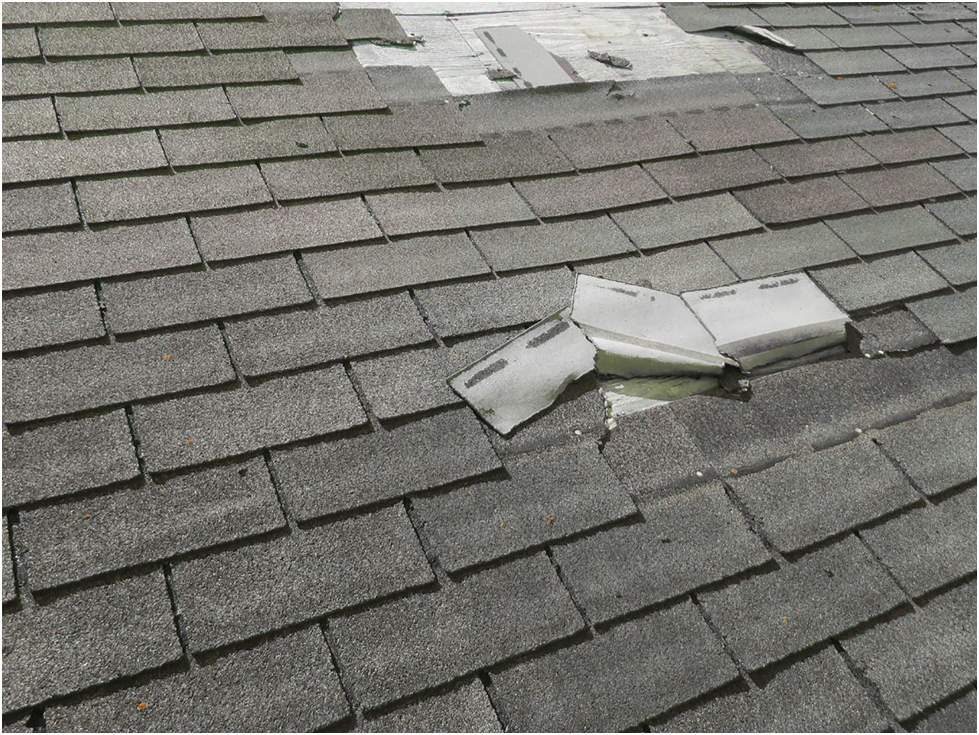
Understanding the differences between restoration and replacement is only the first step in determining the best approach for roof maintenance. Assessing the condition of your roof is crucial for making an informed decision. This evaluation involves a comprehensive inspection to identify any signs that your roof needs professional attention.
Key factors to consider include the age of the roof, visible damage, and any history of leaks or repairs.
Professionals conducting the assessment examine various elements, such as the integrity of the roofing material, the condition of flashings and seals, and the overall structural soundness.
They also look for signs of wear, such as blistering, ponding water, or membrane damage.
Common Signs That Indicate Roof Restoration Is Needed
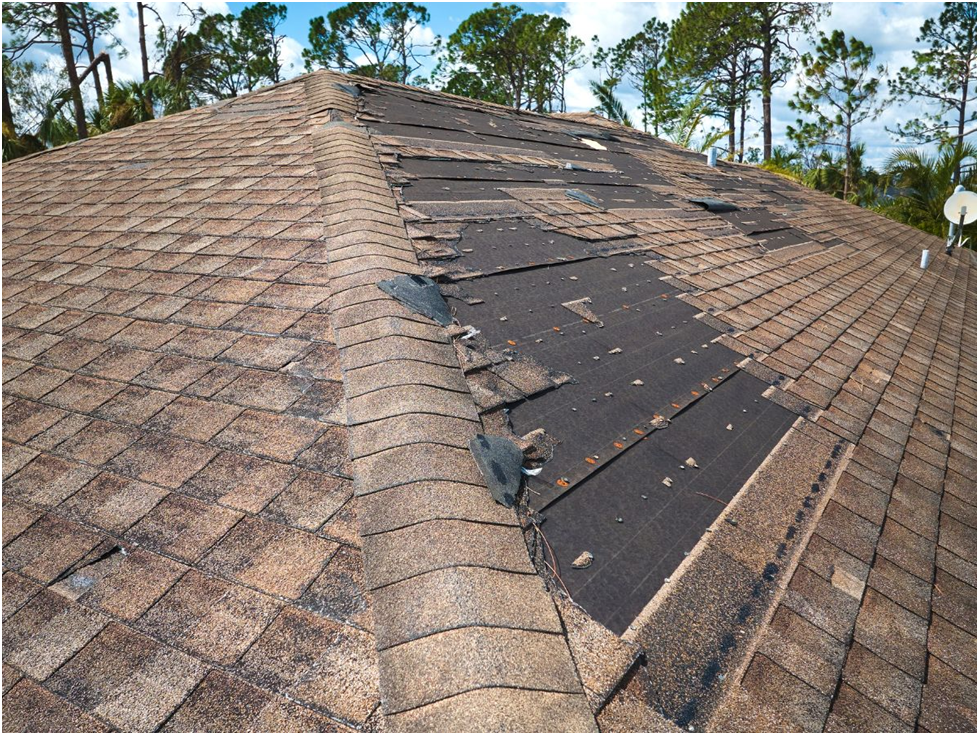
Identifying the need for roof restoration often begins with recognizing certain telltale signs that may indicate underlying issues. For many common roof types, visible water stains on ceilings can suggest leakage, a common problem requiring attention.
Additionally, bubbling or blistering of the roof surface often signals moisture trapped beneath, compromising the roof’s integrity. Another indicator is the presence of mold or mildew, which not only affects structural components but also poses health risks.
Sagging areas on a common roof can suggest deteriorated structural elements that necessitate immediate attention. Cracked or missing shingles further expose the roof to environmental elements, accelerating wear.
Furthermore, a sudden increase in energy costs may reveal inefficiencies caused by inadequate insulation, a problem that roof restoration services can address.
Addressing these signs promptly through professional roof restoration services can prevent further damage, extending the roof’s lifespan while ensuring continued protection for the property beneath.
Benefits of Choosing Roof Restoration Over Replacement

Opting for roof restoration instead of replacement offers several distinct advantages that can be both economically and environmentally beneficial.
Roof restoration offers a cost-effective alternative to full roof replacement, allowing property owners to extend the life of their existing roof without the need for extensive demolition and construction. This option typically involves less labor and fewer materials, which translates into significant savings.
Additionally, by reducing waste and conserving resources, restoration is a more sustainable choice, aligning with broader environmental goals.
Moreover, roof restoration often requires less time to complete compared to a full replacement, minimizing disruption to business operations.
The process can enhance the building’s insulation properties, potentially lowering energy costs and improving indoor comfort.
Restoration also provides an opportunity to address minor issues before they escalate into major problems, ensuring the roof’s longevity.
Exploring Various Roof Restoration Techniques
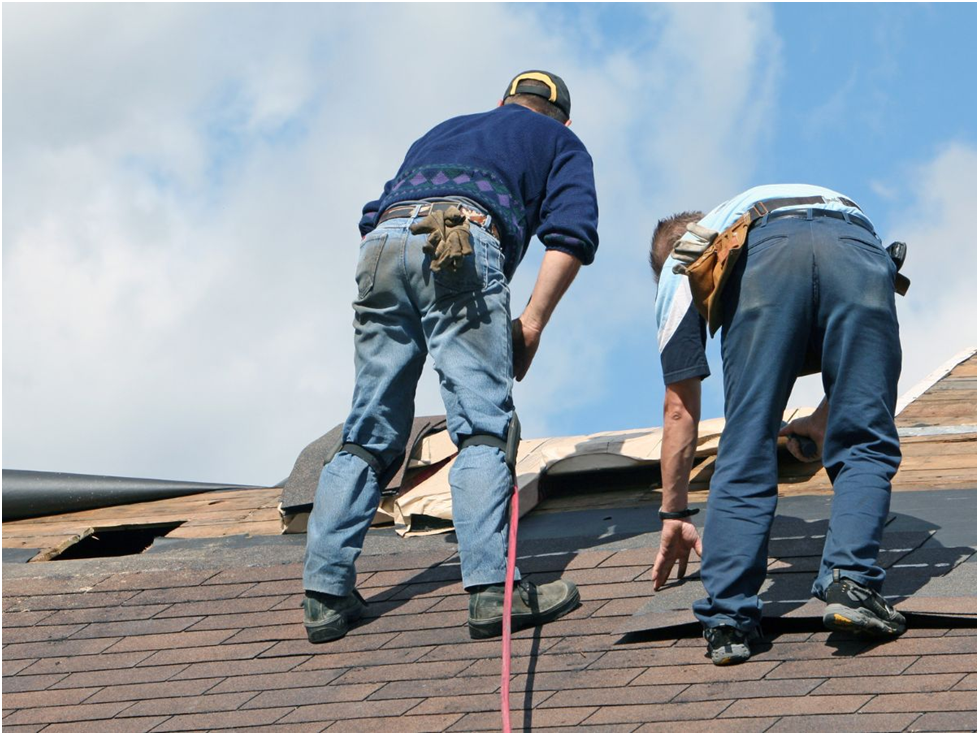
How do property owners decide on the best method for restoring a commercial roof? The decision requires understanding the various techniques available, as roof restoration involves assessing the specific needs and conditions of a building.
Among the methods, coating systems stand out for their ability to provide a seamless, waterproof barrier. Silicone and acrylic coatings are common choices, each offering unique benefits in terms of durability and reflectivity.
Alternatively, membrane restoration is another technique where commercial roofing services apply new layers over existing membranes to extend lifespan and improve protection against leaks. This approach is particularly effective for flat roofs.
For metal roofs, rust-inhibiting primers and elastomeric coatings are frequently employed to prevent corrosion and enhance aesthetic appeal.
Each technique demands proper evaluation of the roof’s current state, climate conditions, and budget constraints. Thus, engaging with knowledgeable commercial roofing services ensures a tailored and effective restoration strategy.
Enhancing Energy Efficiency Through Roof Restoration
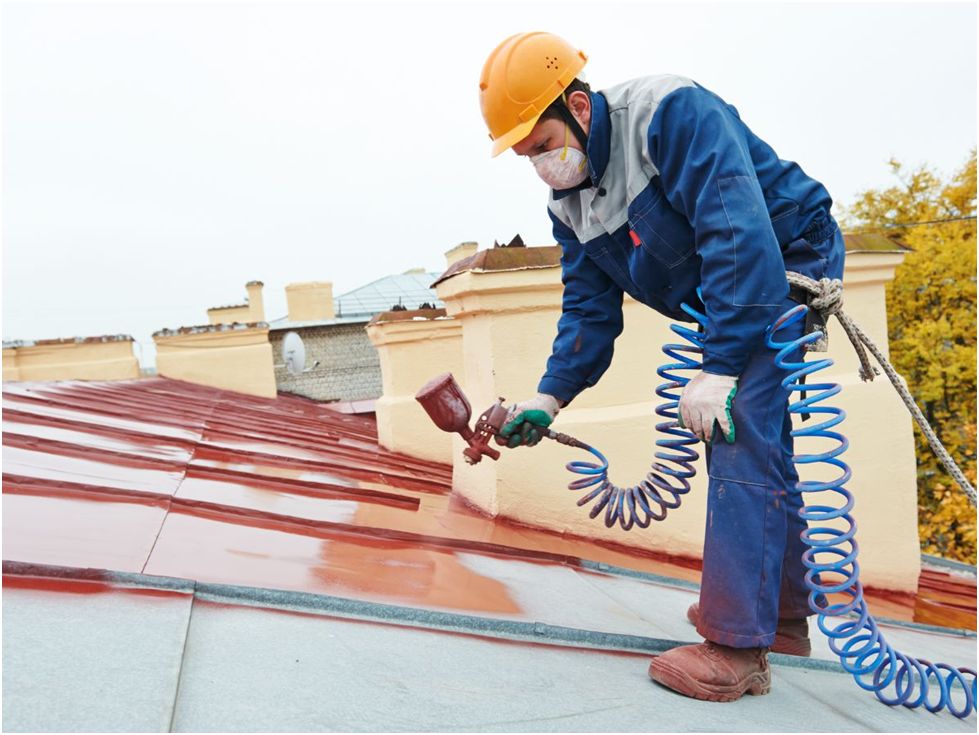
When restoring a commercial roof, enhancing energy efficiency is an essential consideration that can significantly impact operational costs and sustainability. Roof restoration is a cost-effective solution that not only extends the lifespan of a roof but also contributes to reduced energy consumption. By upgrading insulation and reflective coatings, businesses can better regulate building temperatures, reducing the need for heating and cooling systems to work overtime. This optimization leads to lower energy bills and a smaller carbon footprint.
Benefits of Energy-Efficient Roof Restoration
| Aspect | Benefit |
|---|---|
| Improved Insulation | Reduces heat transfer, enhancing indoor climate control |
| Reflective Coatings | Decreases heat absorption, lowering cooling costs |
| Extended Roof Lifespan | Delays need for full replacement, saving resources |
| Lower Energy Bills | Reduces operational expenses |
| Environmental Impact | Decreases carbon emissions from reduced energy usage |
Cost Implications and Budgeting for Roof Restoration

Understanding the financial aspects of commercial roof restoration is crucial for effective budgeting and decision-making.
Roof restoration presents a cost-effective solution compared to total roof replacement, offering significant savings while extending the lifespan of the existing structure. Proper budgeting involves assessing potential costs, considering the long-term benefits of roof maintenance, and allocating resources efficiently.
Key factors influencing cost include:
- Extent of Damage: The level of damage dictates the scale of restoration needed, impacting overall expenses.
- Size of the Roof: Larger roofs generally incur higher costs due to increased material and labor requirements.
- Type of Restoration: Different restoration techniques vary in cost, with some offering more affordable options without compromising quality.
Selecting the Right Materials for Your Roof Restoration
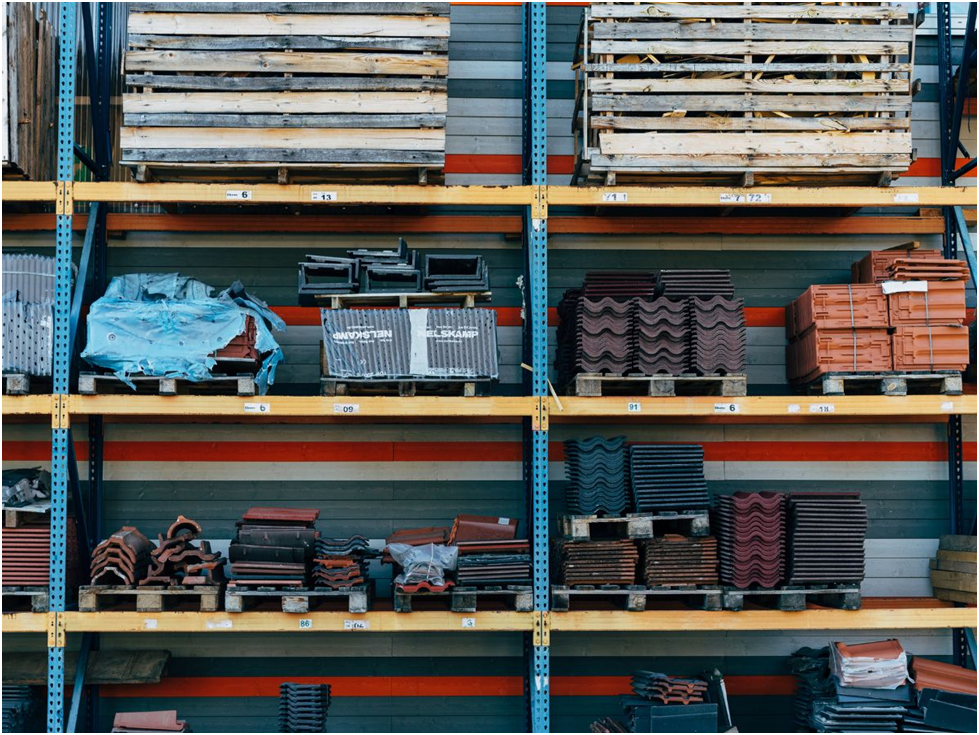
Selecting the right materials for roof restoration significantly impacts both the effectiveness and the cost-efficiency of the project. In any roof restoration project, choosing appropriate roofing materials is crucial for ensuring durability and long-term success.
These materials should be carefully evaluated based on factors such as climate, building structure, and the specific needs of the commercial property. For instance, materials like thermoplastic polyolefin (TPO) or ethylene propylene diene terpolymer (EPDM) are often favored for their energy efficiency and weather resistance.
Moreover, the type of material selected can influence maintenance requirements and future repair costs. Decision-makers must consider the balance between upfront material costs and potential savings in longevity and reduced energy consumption.
Consulting with professionals to understand the advantages and limitations of each roofing material can guide the selection process. Ultimately, investing in the right materials is fundamental to achieving a roof restoration that meets performance expectations and budget constraints.
Finding a Reputable Roof Restoration Contractor

How does one navigate the complex task of finding a reputable roof restoration contractor? The search for a reliable roofing contractor is crucial to ensure a successful commercial roof restoration.
With numerous contractors offering similar services, distinguishing the best can be challenging. Here are three essential steps to guide this process:
- Research and Reviews: Evaluating online reviews and seeking recommendations from previous clients can provide insights into a contractor’s reliability and quality of work.
- Credentials and Experience: Verify the contractor’s certifications, licenses, and years of experience in commercial roof restoration. A well-established contractor often has proven expertise.
- Detailed Proposals: Request detailed written proposals from multiple contractors. This allows for comparison of projected costs, timelines, and included services.
Final Thoughts
Commercial roof restoration is a cost-effective and sustainable solution for extending the lifespan of existing roofing systems while minimizing disruptions and expenses. By addressing minor issues early, enhancing energy efficiency, and selecting the right materials, businesses can maximize their investment without the need for a full replacement. Partnering with a reputable contractor ensures quality workmanship and compliance with industry standards. With proper planning and professional guidance, roof restoration provides long-term protection, improved energy savings, and a smarter approach to maintaining commercial properties.
At Kevin Phillips Roofing, we specialize in expert commercial roof restoration, helping businesses save money, improve energy efficiency, and extend the life of their roofs. With over 40 years of experience, a lifetime workmanship warranty, and the highest quality materials, we ensure your roof stays strong, secure, and cost-efficient for years to come.
Looking for a cost-effective way to restore your commercial roof? Contact Kevin Phillips Roofing today for a free estimate!

